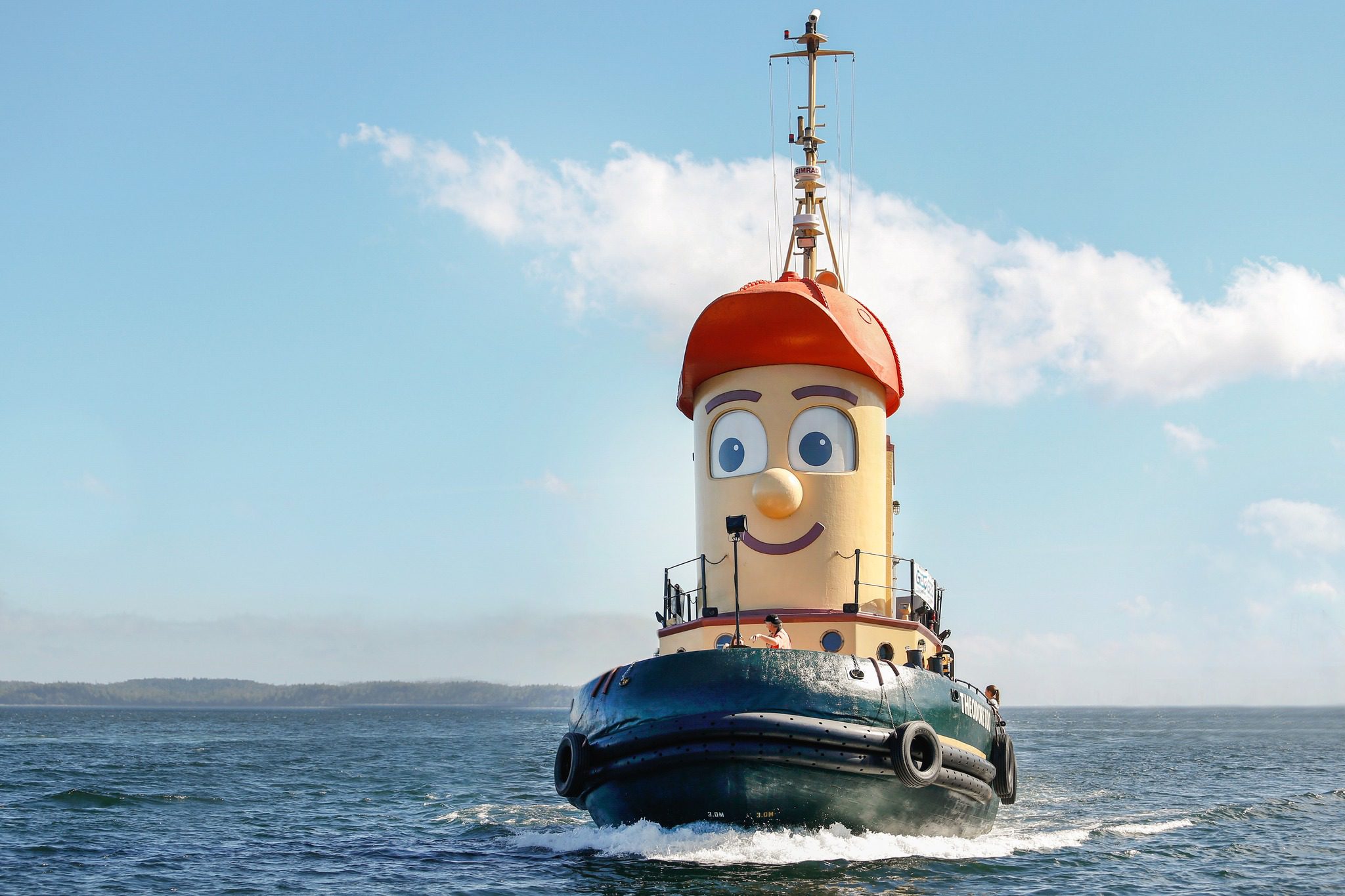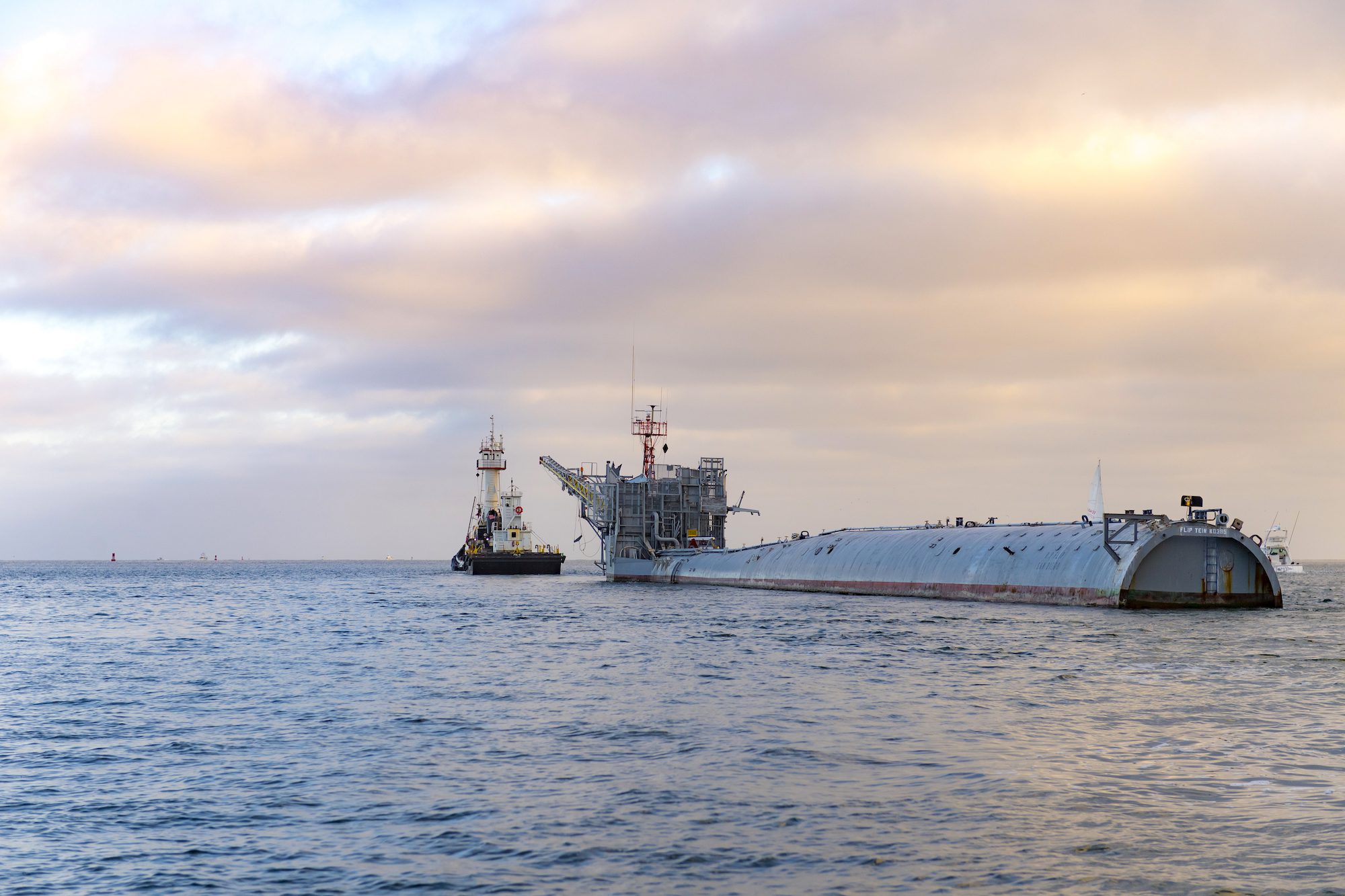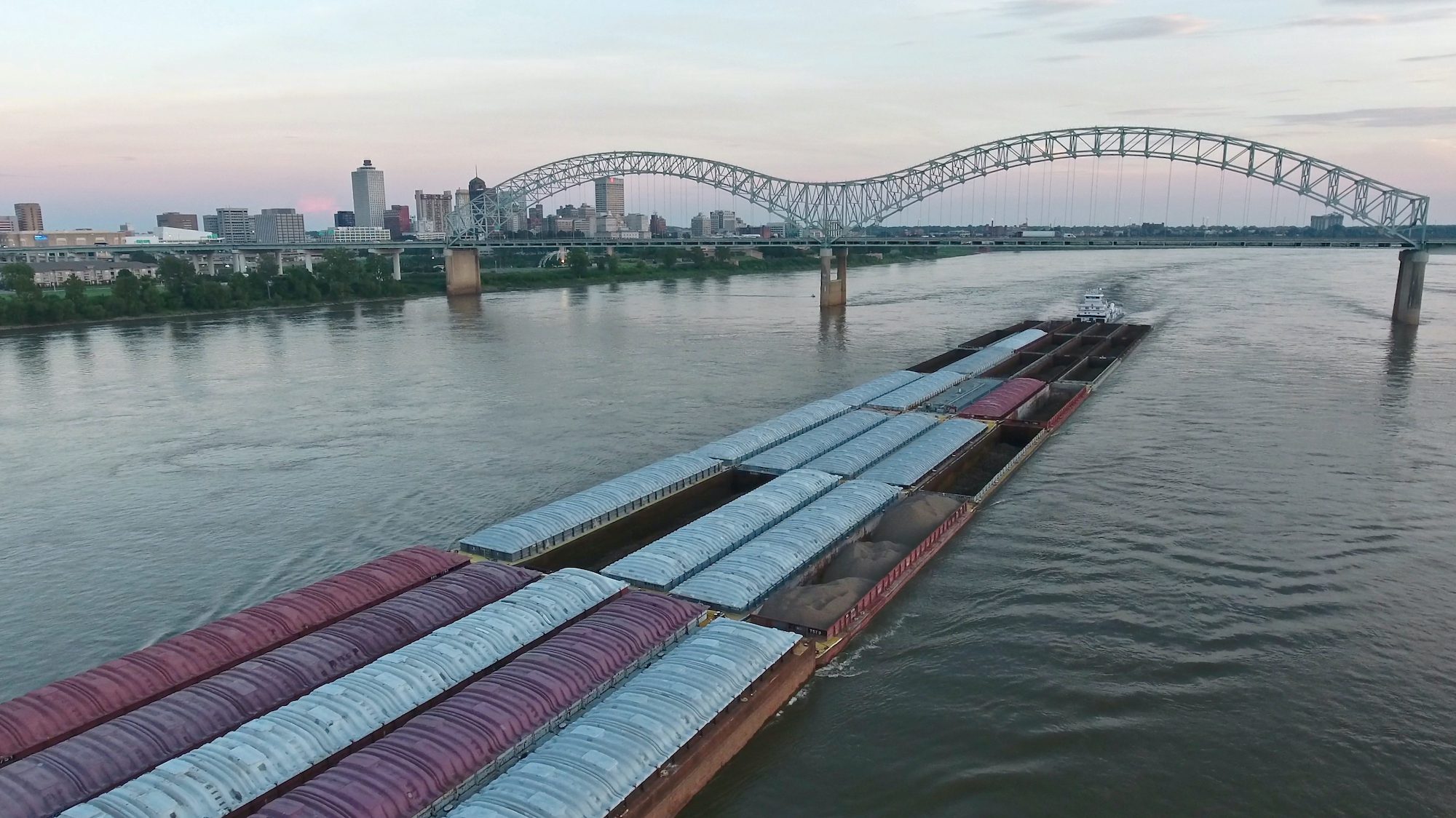By John Bussey, The Wall Street Journal
Did Warren Buffett buy Burlington Northern railroad just in time for freight from Asia to find a different route to Kansas?
Right now, about 70% of U.S. imports from Asia arrive by ship on the West Coast, and much of that then gets transferred to rail lines like Burlington Northern’s for transit to the rest of the country.
But in 2014, Panama will rock the world of logistics. That’s when it will open a fat new lane of its canal for big ships that can carry three times as much as vessels sailing the current channel. If larger vessels make it cheaper to send cargo through the canal, ports in the East and on the Gulf Coast could grab a big slice of business from the West, and thousands of jobs with it, or so one argument goes. Several logistics experts are calling the expansion a game changer and a threat to the western ports and railroads.
But in the complex calculus of supply-chain management, price is just one of many variables. The coming sea change may actually raise all boats, reducing congestion, increasing routes and trade, and forcing an overdue upgrade in U.S. infrastructure — particularly in the East.
“We believe in the ability of the West Coast ports to grow,” regardless of the Panama expansion, says John Lanigan, executive vice president at Burlington Northern. His rail line is adding capacity near Long Beach, Calif. — and in Kansas too.
The argument for business shifting to the East Coast goes like this:
It takes about 18 days total to make the ship and train journey from Asia to the West Coast, and then across the country. The all-water route through the Panama Canal takes about 22 days, roughly the same as via the Suez Canal — a competing route from Asia to the East Coast. The sea voyages also can take substantially longer, depending on ship speed and route congestion.
The ship-to-rail route can cost 10% to 25% more, depending on how specifically the cargo is routed to meet just-in-time delivery requirements, says the Port of Long Beach. The economies of an expanded canal might widen that gap.
Curtis Foltz, executive director of Georgia Ports Authority, says retailers such as Wal-Mart, Target and Kmart are signaling that they plan to ship more product via the expanded canal. (A spokesman for Wal-Mart said “at this point we can’t speculate.” Rick Gabrielson, Target’s director of international transportation, said: “It remains to be seen.”)
There are other reasons why the East Coast may benefit. For one, shippers like alternatives. Labor strife in the past decade closed West Coast ports and sent a chunk of business to the Panama Canal that never returned.
“What is without debate is the whole logistics system has become more diversified,” says Mr. Foltz. “You’ll never see a wholesale shift in any one direction.”
The Western ports, meanwhile, say speed of delivery and superior facilities, among other factors, will stem any loss of business to the expanded canal. Many customers don’t want time-sensitive inventory sitting on ships traversing all-water routes.
“If your goods are stuck in the supply chain, they’re not passing the cash register,” says Sean Strawbridge, a managing director at the Port of Long Beach.
Ports like Long Beach say their economies of scale are also on land. That includes efficient connection to rail and highways and terminals that can handle the biggest ships, unlike most ports in the East that never geared up for the largest container vessels.
Mr. Strawbridge notes that orders have been placed for future ships that can carry 18,000 twenty-foot-equivalent units, an industry-standard container. That’s already bigger than the biggest ships that will be able to traverse the expanded canal, at roughly 12,000 TEUs.
“I don’t see the canal expansion as a game changer; it allows them to stay relevant.” he says. “The bigger change is size of vessels.”
At a minimum, the canal expansion is expected to reduce congestion and waiting time at the canal entrances and some ports, which could further cut shipping costs. It will also facilitate rising trade with Latin America for commodities and other bulk products. That’s business for all U.S. ports. And it will create new round-the-world service by the larger ships, which will likely stop at multiple ports on both coasts.
“It’s all probably going to pan out very differently than any analysis would tell you today,” says Urs Dur, who follows shipping and logistics at Lazard Capital Markets.
Importantly, the expansion has fired — maybe panicked — competitive spirits. It has triggered a raft of upgrades and planned upgrades at East Coast ports as they stretch to accommodate the expanded canal’s bigger vessels. There are plans for more dredging, rail expansion, and terminal construction.
Far from diminishing business prospects on one coast or the other, that’s very likely to make U.S. logistics as a whole more competitive.
(c) 2011 Dow Jones & Company, Inc.

 Join The Club
Join The Club



![Ripples Likely From Panama Canal Expansion [LOGISTICS OUTLOOK]](https://gcaptain.com/wp-content/uploads/2011/11/Screen-shot-2011-11-11-at-9.37.47-AM.png)







